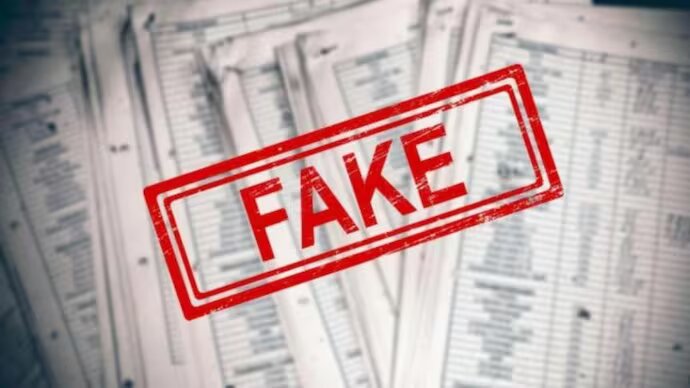In an increasingly digital world, the risk of document fraud has become a significant concern for individuals, businesses, and governments alike. Document fraud encompasses the creation, alteration, or use of false documents with the intent to deceive. Whether it’s forged passports, fake academic certificates, or manipulated financial statements, the consequences of falling victim to Fullzinfo document fraud can be severe. This blog aims to provide a practical guide on safeguarding against document fraud, offering valuable insights for individuals and organizations to protect themselves in an age where information is more accessible than ever.
- Understand the Common Types of Document Fraud:
Before implementing safeguards, it’s essential to familiarize yourself with the various types of document fraud. Common examples include identity theft, counterfeiting, and forgery. By recognizing the different methods employed by fraudsters, you can better tailor your protective measures to address specific vulnerabilities.
- Invest in Secure Document Technologies:
Utilize cutting-edge technologies to create and authenticate documents. Security features such as holograms, watermarks, and microprinting can significantly enhance the integrity of documents, making it harder for counterfeiters to produce convincing replicas. Stay informed about the latest advancements in document security to stay one step ahead of potential threats.
- Implement Document Verification Procedures:
Establish robust document verification procedures, especially when dealing with critical documents such as passports, driver’s licenses, and academic certificates. Train employees to recognize suspicious features and conduct thorough checks to validate the authenticity of documents. This could include using ultraviolet light, magnifying glasses, or electronic document scanners.
- Employ Biometric Authentication:
Biometric authentication, such as fingerprint or facial recognition technology, adds an extra layer of security to document verification. Integrating biometrics into identity verification processes enhances accuracy and makes it more challenging for fraudsters to manipulate or impersonate individuals.
- Educate Employees and Stakeholders:
One of the most effective ways to combat document fraud is through education. Train your employees and stakeholders on the importance of document security, recognizing signs of fraud, and following proper procedures for document verification. Regular training sessions can keep everyone vigilant and updated on evolving fraud techniques.
- Utilize Blockchain Technology:
Consider integrating blockchain technology into your document management systems. Blockchain provides a decentralized and tamper-resistant ledger that can be used to verify the authenticity of documents. This technology ensures transparency and traceability, making it difficult for fraudsters to alter information without detection.
- Conduct Regular Audits:
Implement a routine audit process to review and verify the authenticity of important documents within your organization. Regularly update security protocols based on emerging threats and technological advancements. Audits help identify vulnerabilities and ensure that your document protection measures remain robust.
